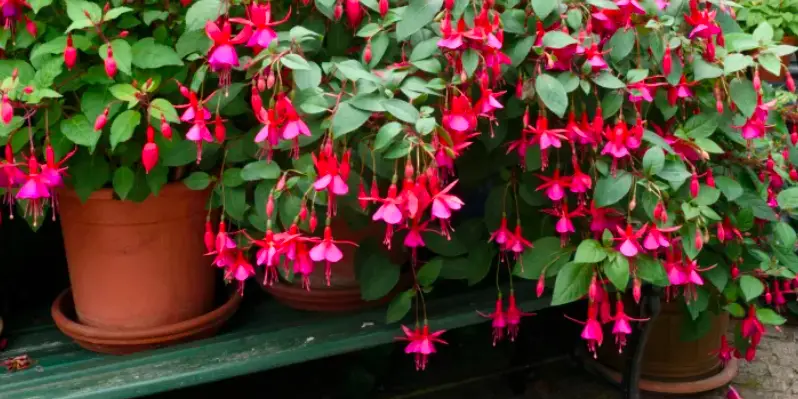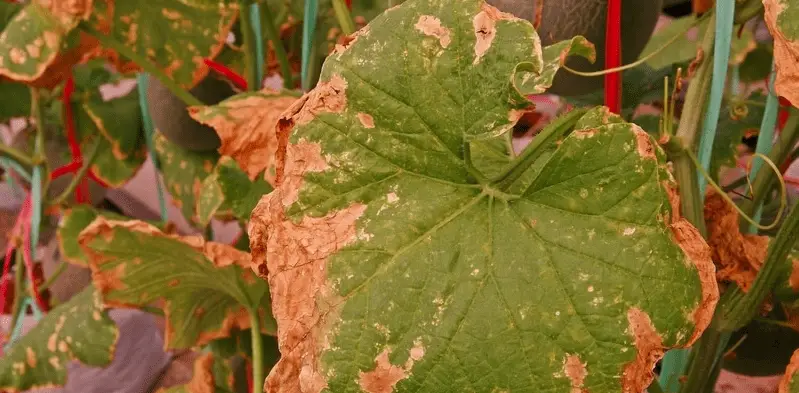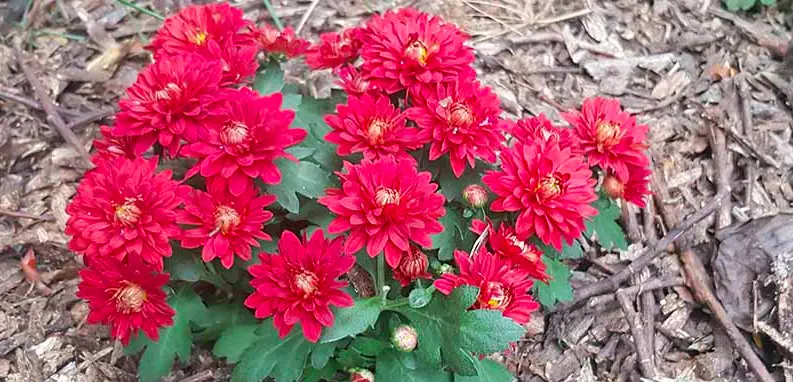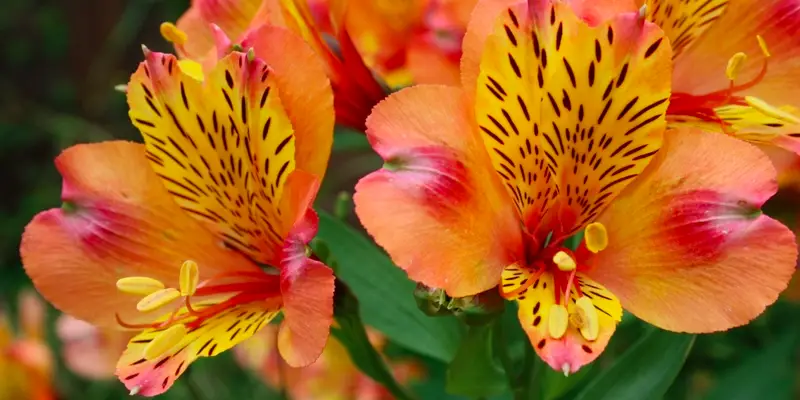This article is about aloe vera plants and why they droop. It talks about how to care for them, what causes the drooping in the first place, and how to avoid this problem from happening again.
Why Is My Aloe Vera Drooping?
Your aloe vera is drooping because it has not received enough sunlight or it has been given too much water.
However, there are many other reasons for aloe vera droopiness too. I will now talk more in-depth about each of these reasons…
1) Too much water
Aloe vera plants are succulents, which means they don’t need as much water as other plants. In fact, during the winter months, aloe vera only needs water every couple of weeks or less!
However, if your plant is drooping and you have been watering it a lot recently, then this may be why. Many people make the mistake of thinking that because an aloe vera plant has a thick gel-like substance inside its leaves, that it must need more water than other types of vegetation.
This couldn’t be further from the truth… The high concentration in sap within these succulent species means they store excess nutrients when needed, so there’s no reason to keep them saturated with water.
You can fix this issue by reducing the amount of water you’re giving your aloe vera. Typically, I give my aloe vera a small amount of water once a week during summer and once every two weeks. Remember, you can’t take it out once you put it in!
2) Not enough sunlight
If your aloe vera is drooping and it has been inside for a long period of time, then this may be the cause. Aloe veras will be sad if they aren’t receiving the sun they need.
If you don’t want your aloe vera plant to droop again, then be sure it gets enough sun! During winter months, around 12 hours of sunlight per day will suffice so try keeping it by a window. If you keep the plant outside during summertime or live in an area with longer daylight periods year-round, then you can reduce this amount slightly if needed.
You may even want to give some artificial light to your aloe vera to help it out. I like using full-spectrum grow lights (Amazon link) on my succulents, especially during the colder months and when the days are dark.
3) Disease (aloe rust)
If your aloe vera has been drooping for a long time, then it could be because of the disease. Aloe rust is a common problem in plants that causes the leaves to turn brown and curl up at the ends.
Aloe rust can be caused by high humidity or excessive rainfall after a prolonged dry period (which lets the plant become moist). You will notice aloe rust when the leaves develop yellow spots.
You can fix aloe rust by applying a good fungicide, like neem oil. Spray the affected plant with the fungicide and then water normally.
You can prevent aloe rust by making sure you do not overwater your succulent plants during periods of high humidity, which often come along with a lot of rainfall. You should also make sure that conditions are very sunny before allowing access to more moisture from rain or irrigation systems.
As always, choosing an appropriate location for any type of houseplant will go a long way toward preventing problems with pests and diseases down the line!
Alternatively, you can take cuttings from your aloe vera plant to propagate new plants. This is my preferred method because it’s super easy and lots of fun!
4) Pests
Aloe vera plants can also get aphids, which will cause the leaves to become damaged and even droop. Aphid infestation is caused by feeding on sap from aloe veras and other houseplants. When this happens, it’s time to take action! You should use neem oil to get rid of all pests!
You can also use predator insects, like ladybugs, to help control pest populations. Predators are especially useful for preventing further damage to crops that have already been affected by pests, like aphids or whitefly.
5) The pot is too small
If your pot isn’t large enough, the roots of your aloe vera plant will start to wrap around the edge as they grow. If this happens, it may cause drooping because there is not enough room for the root system to develop properly.
You can fix this issue by repotting your aloe vera with fresh soil and a larger pot! You should also consider transplanting every time you remove dead leaves from the bottom of your succulent plants, which I usually do about once per year. This helps prevent nutrients from getting trapped in old leaf matter that’s been sitting at the base of its container for too long.
FAQ
How do you fix droopy aloe vera?
- Give less water
- Give more sunlight
- Treat disease
- Remove pests
- Plant in a larger pot
Should drooping aloe vera plants be re-potted?
Yes, re-pot aloe vera if the plant is large and outgrowing its current pot. This will give the plant more room to breathe and spread its roots.
Will too much water cause my aloe vera to droop?
Yes, aloe vera will droop if they are given too much water. As such, you should make sure that the plant does not become moist and soggy while watering it. Moisture meters are a great tool to use as well.
Does pest damage cause my aloe vera to droop?
Yes, pest infestation can cause your plant’s leaves to become damaged and droopy. As such, you should make sure that the pests are removed by using neem oil or predator insects!
Conclusion
I hope this helps! I know it can be frustrating when your aloe vera plant starts drooping and you’re not sure why! Hopefully, now that you’ve heard my suggestions, you’ll find a solution to the problem and get back on track with taking care of your succulent!
Tim is an avid gardener from the UK. He was the founder of PlantCarer.com from 2021 to Sep 2023. He sold PlantCarer.com to Aaron. He has since started his own business called Seed To Supper, which provides new gardeners all the materials you need in a box (pots, seeds, compost and instructions) to grow your own delicious and nutritious vegetables and herbs from start to finish – no garden required.









0 Comments